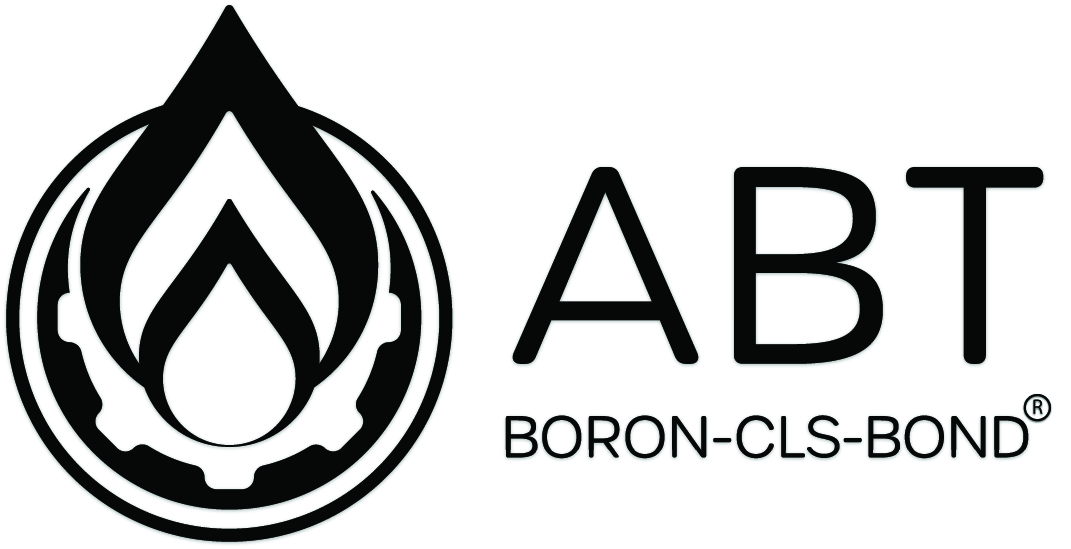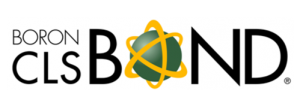Cash Flow Statement: In-Depth Explanation with Examples
If you want to get hands on with your finances as a small business owner, learning the indirect method can save you some time and effort when you’re generating a monthly, quarterly, or annual CFS yourself. Some valuable items that cannot be measured and expressed in dollars include the company’s outstanding reputation, its customer base, the value of successful consumer brands, and its management team. As a result these items are not reported among the assets appearing on the balance sheet.
Cash flow from operations
- This includes cash movements from sales, purchases, and other day-to-day expenses, reflecting the cash generated from products or services.
- Cash flow from financing documents transactions related to raising capital and repaying investors., such as issuing shares, equity financing, borrowing, repaying loans, and paying dividends.
- As a result, the amount of the company’s long-term liabilities increased, as did its cash balance.
- Which method a company uses does not impact the final operating cash flow number it reports.
- Subsequently, the net change in cash amount will then be added to the beginning-of-period cash balance to calculate the end-of-period cash balance.
However, when interest is paid to bondholders, the company is reducing its cash. And remember, although interest is a cash-out expense, it is reported as an operating activity—not a financing activity. Changes in cash from investing are usually considered cash-out items because cash is used to buy new equipment, buildings, or short-term assets such as marketable securities.
Company
Cash flow is typically depicted as being positive (the business is taking in more cash than it’s expending) or negative (the business is spending more cash than it’s receiving). Cash Flow for Month Ending July 31, 2019 is $500, once we crunch all the numbers. After accounting for all of the additions and subtractions to cash, he has $6,000 at the end of the period. If we only looked at our net income, we might believe we had $60,000 cash on hand.
Cash Flow Statement: Definition, Examples, and Complete Guide
You use information from your income statement and your balance sheet to create your cash flow statement. With the indirect method, cash flow is calculated by adjusting net income by adding or subtracting differences resulting cash flow from non-cash transactions. Non-cash items show up in the changes to a company’s assets and liabilities on the balance sheet from one period to the next. In these cases, revenue is recognized when it is earned rather than when it is received. This causes a disconnect between net income and actual cash flow because not all transactions in net income on the income statement involve actual cash items. Therefore, certain items must be reevaluated when calculating cash flow from operations.
Not having collected the total amount of past credit sales was not good for the company’s cash balance. For these reasons, the amount of the company’s accrual net income must be adjusted downward. Again, the reported (800) is the adjustment to the net income amount because of the increase in accounts receivable. A cash flow statement must align with other financial statements, such as the income statement and balance sheet. Discrepancies, such as unrecorded cash receipts or expenses, can cause reporting errors.
How the cash flow statement works with the income statement and the balance sheet
Next, our company’s long-term debt balance was assumed to be $80m, which is decreased by the mandatory debt amortization of $5m. For our long-term assets, PP&E was $100m in Year 0, so the Year 1 value is calculated by adding Capex to the amount of the prior period PP&E and then subtracting depreciation. The standards, rules, guidelines, and industry-specific requirements for financial reporting. If the revenues earned are a main activity of the business, they are considered to be operating revenues.
This includes cash from sales revenue, payments to suppliers, salaries, taxes, and other expenses. For a deeper understanding of how revenue and expense categories impact cash flow, check out this detailed guide. It primarily reflects cash flows from operating activities, providing insights into a company’s ability to generate cash from its core operations. What makes a cash flow statement different from your balance sheet is that a balance sheet shows the assets and liabilities your business owns (assets) and owes (liabilities). The cash flow statement simply shows the inflows and outflows of cash from your business over a specific period of time, usually a month.
Cash Flow Statement Indirect Method
- However, for accounting purposes the economic entity assumption results in the sole proprietorship’s business transactions being accounted for separately from the owner’s personal transactions.
- These activities may include buying and selling inventory and supplies and paying employee salaries.
- If splitting your payment into 2 transactions, a minimum payment of $350 is required for the first transaction.
- An amount without parentheses can also be viewed as a cash inflow or cash provided.
- This approach provides operational transparency, but it requires detailed record-keeping, which can be challenging for businesses with complex accounting systems.
- This means that a retailer should match its sales with the related cost of goods sold.
Next, assume that Example Corporation distributed $110,000 of cash dividends to its stockholders. The $110,000 cash outflow has an unfavorable or negative effect on the company’s cash balance. As a result, the amount will be shown in the financing section of the SCF as (110,000). If an adjustment to the amount of net income is in parentheses, it is subtracted from net income.
- The other balance sheet amounts that changed will be used on the statement of cash flows to identify the reasons for the $800 increase in cash.
- They provide insights into liquidity, efficiency, and the company’s ability to generate more money from core activities.
- It also simplifies financial reporting by providing a clear structure for tracking and analyzing cash movements over time.
- In this article, we’ll show you how the CFS is structured and how you can use it when analyzing a company.
If the revenues come from a secondary activity, they are considered to be nonoperating revenues. For example, interest earned by a manufacturer on its investments is a nonoperating revenue. The amount of other comprehensive income is added/subtracted from the balance in the stockholders’ equity account Accumulated Other Comprehensive Income. To illustrate, assume a company sells one of its delivery trucks for $3,000. Combining the $20,000 and the $18,000 results in a book value (or carrying value) of $2,000.
Proceeds from issuing long-term debt, debt repayments, and dividends paid out are accounted for in the cash flow from financing activities section. Businesses take in money from sales as revenues (inflow) and spend money on expenses (outflow). They may also receive income from interest, investments, royalties, and licensing agreements and sell products on credit rather than for immediate cash. Assessing cash flows is essential for evaluating a company’s liquidity, flexibility, and overall financial performance. It also reconciles beginning and ending cash and cash equivalents account balances. Using the direct method, actual cash inflows and outflows are known amounts.






